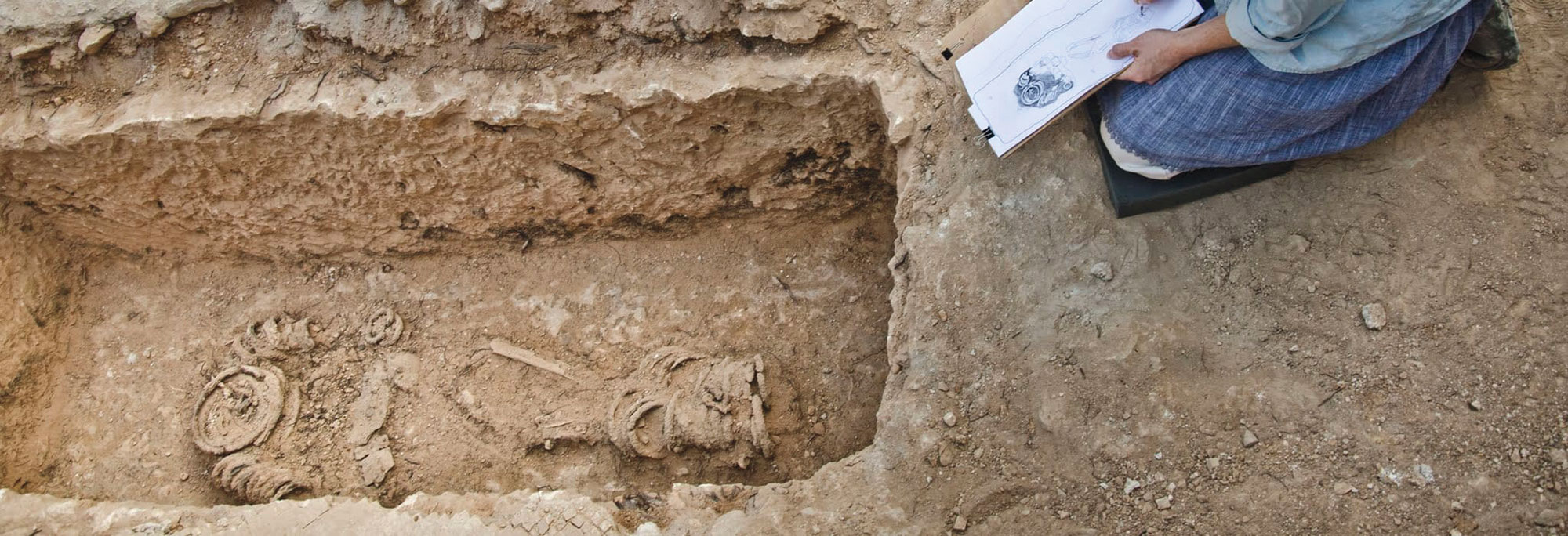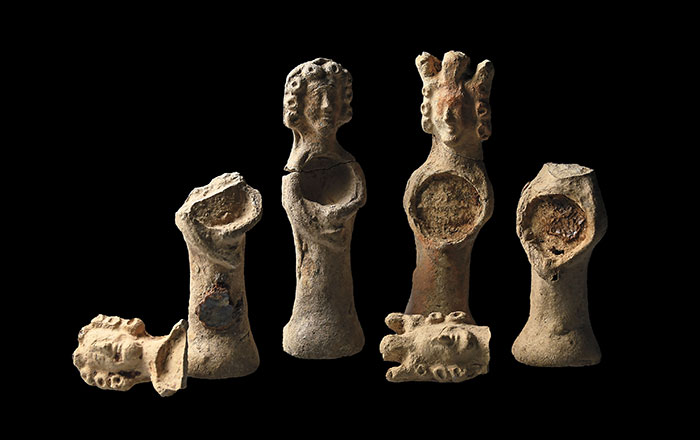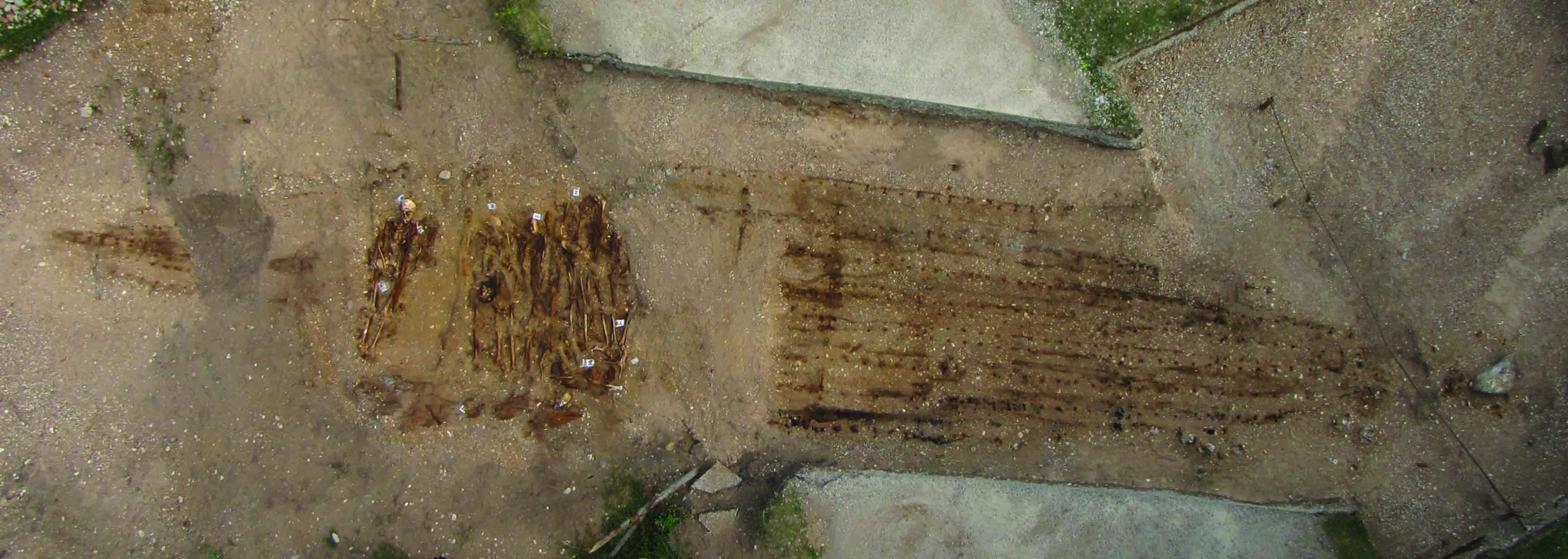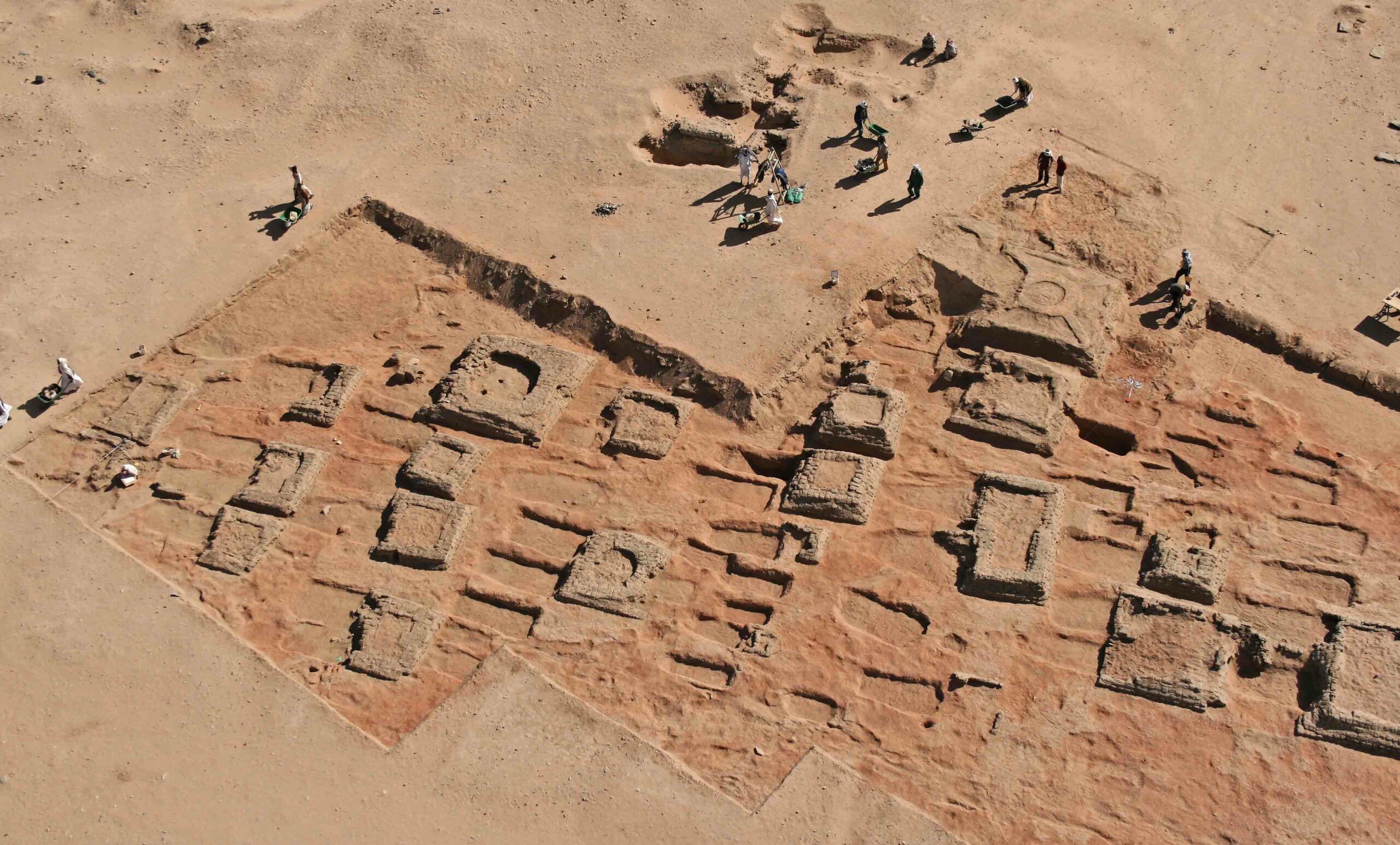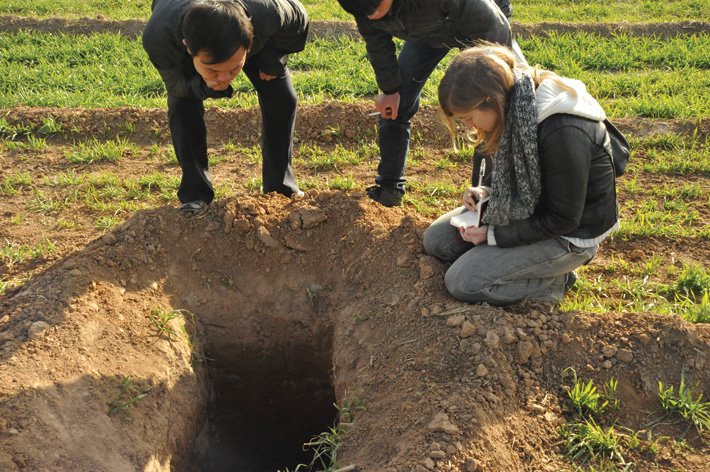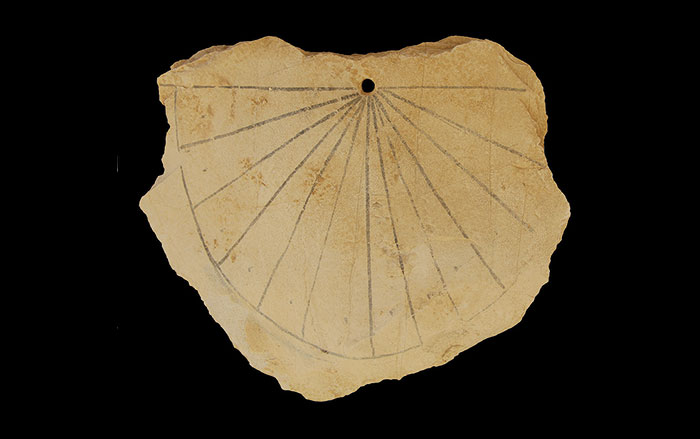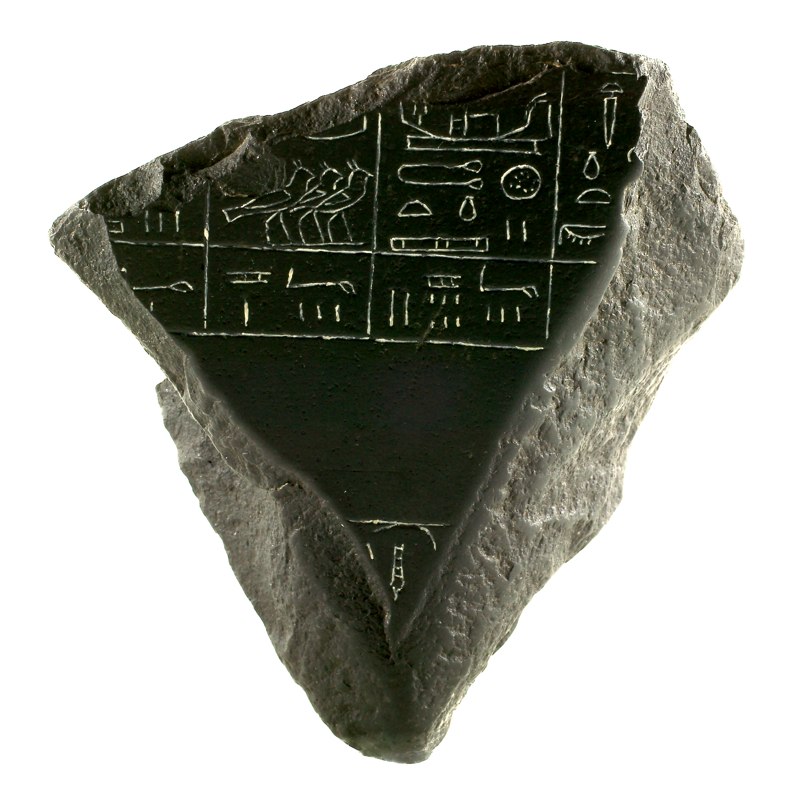
OXFORD, ENGLAND—Scientists from the University of Oxford have developed a new timeline for early Egypt based upon radiocarbon dates obtained from animal remains, shells, plant material, and charcoal. “We got a whole lot more dates, did the model, and got the computer to work out what this means for when things actually happened. Nobody had ever done that before,” explained archaeologist Michael Dee. The resulting dates suggest that the Egyptian state formed between 3800 B.C. and 3700 B.C., or 300 years earlier than had been thought. The previous timeline had been based upon changes in pottery styles.




